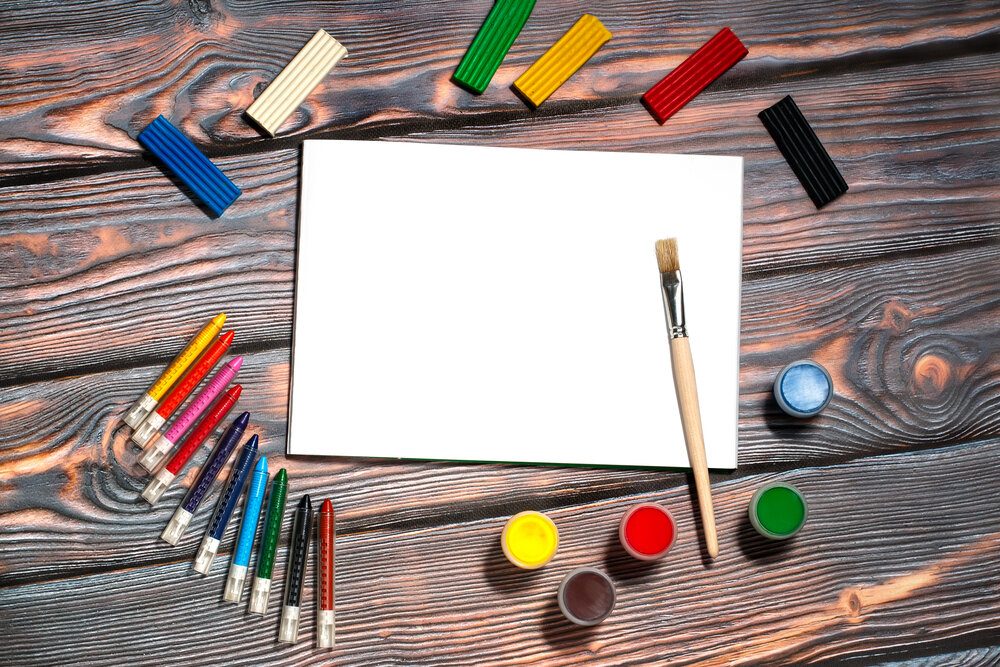
When it comes to making art, there’s a variety of different art materials one could use such as paint, crayon, clay, charcoal, markers, pencils, etc. Most often, the art material chosen will depend on what the individual intends the finished product to be. That’s because every art material has an inherent quality that impacts the sensory and emotional aspects of the art maker. To add, the movement and the rhythm of the material are just as important as the texture and application process.
Briefly, how do these art materials differ?
- Paint – A fluid medium that can be hard to control. It helps bring out deep-seated emotions and feelings as well as memories.
- Pencil – A rigid material the movement of which is highly dependant on the will of its handler. Individuals who like a certain degree of caution would be fond of pencils.
- Markers – A material that is relatively easier to control than paint, however, it is permanent. Individuals who are highly confident and skillful like to use markers.
- Clay – This is a malleable art material, which requires a lot of pounding and kneading to form. Individuals who have aggressive and irate impulses may like to work with clay.
The differences in the inherent qualities of these art materials are not known to many. This is why art therapists use their knowledge and experience to determine the best art material to use in therapy sessions. Art therapists want to maximize the use of art materials as therapist tools that can evoke emotions and thoughts from their clients. In art therapy sessions, the art therapist guides the client to use a particular material based on the client’s needs and goals.